TANIA ROMERO,
LOS ANGELES SUPER STEWARD
Rio de los Angeles
By Hannah Flynn & Daniela Velazco
former Test Plot interns
![]()
LOS ANGELES SUPER STEWARD
Rio de los Angeles
By Hannah Flynn & Daniela Velazco
former Test Plot interns
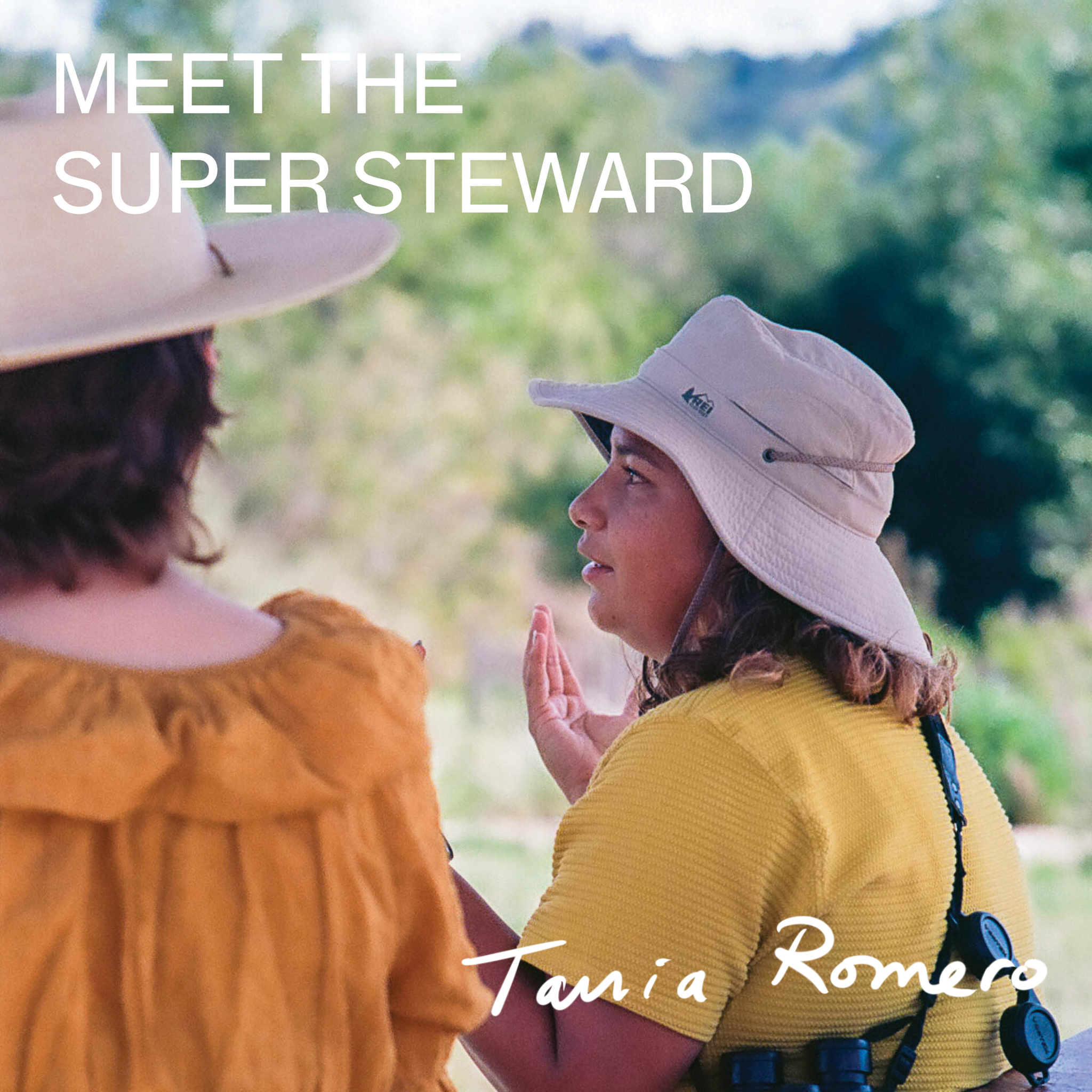
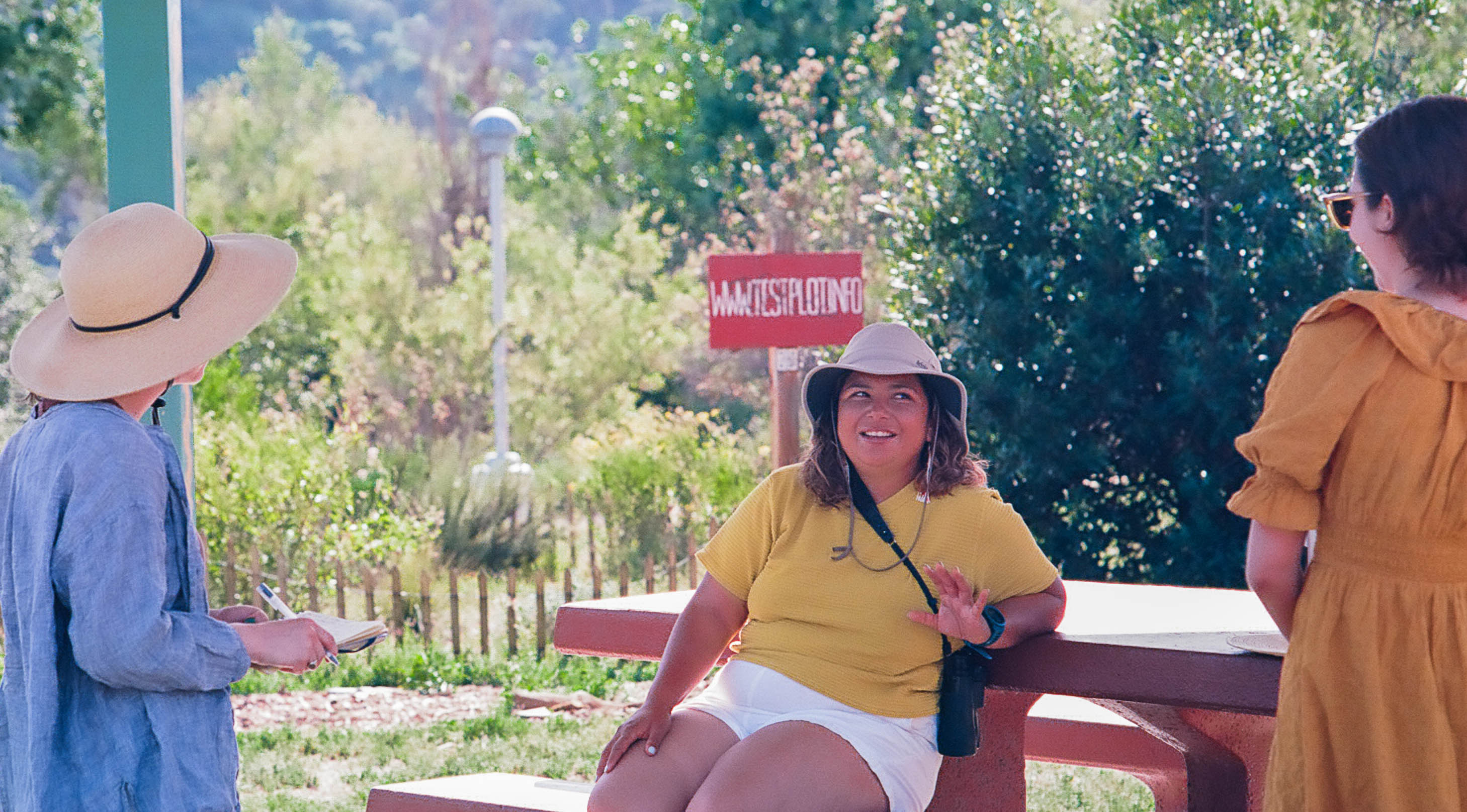
We met Tania Romero at the Rio de Los Angeles State Park Test Plot on a sunny spring day. While Tania played an important role in shaping the plant palette for the naturalized portion of the park, our conversation with her focused on a different subject; who makes up arguably one of the biggest groups of the park’s users: the birds. When developing the plant palette, Tania researched what plant and bird species could be found within a 5-mile radius of the park, and went from there.
Tania works as an environmental consultant, performing bird surveys for electrical pole replacement operations, making sure that a pole due for maintenance is not the current home of nesting birds or any species with special status. The beauty of consulting, she explains, is its flexibility: while she’s “more of a bird person”, she also gets to learn about mammals and plants, and how they all fit into the whole picture.

Tania has always been curious about how the whole picture comes together. Growing up in South Central, there wasn’t much nature around, she recounted. Her mom believed nature was important to experience, so many of her foundational childhood experiences involved trips to places like Pasadena and Azusa, to experience the mountains and rivers. Once, on a trip to the San Diego Zoo, Tania saw a monkey climb on a hippo’s back. This small interaction grew into a bigger curiosity in college - why do animals behave the way they do?
In the outdoors and conservation field in general, Tania always felt like an outsider. She often found herself reflecting on her childhood experience and questioning “Why was there limited green space and nature where she was raised in south central Los Angeles?“ As she got deeper into her studies, she came across environmental racism and began to understand why. She also found herself dwelling further into social justice including worker’s rights, gender and sexuality issues, and racism. Although she had a passion for conservation, she found herself questioning how she focused on conservation when there were multiple other social issues that impacted her everyday life and her community.

Currently, Tania runs a bird banding station at Bear Divide, in the foothills of the Angeles National Forest. Accessible only by car, the station is anything but immediately located for most people and station visitors. The greater Bear Divide area is used by dedicated birders and hikers. For many of people visiting the station, it is their first time touching birds or seeing them up close. Her long-term dream is to open a bird observatory that balances community and research.
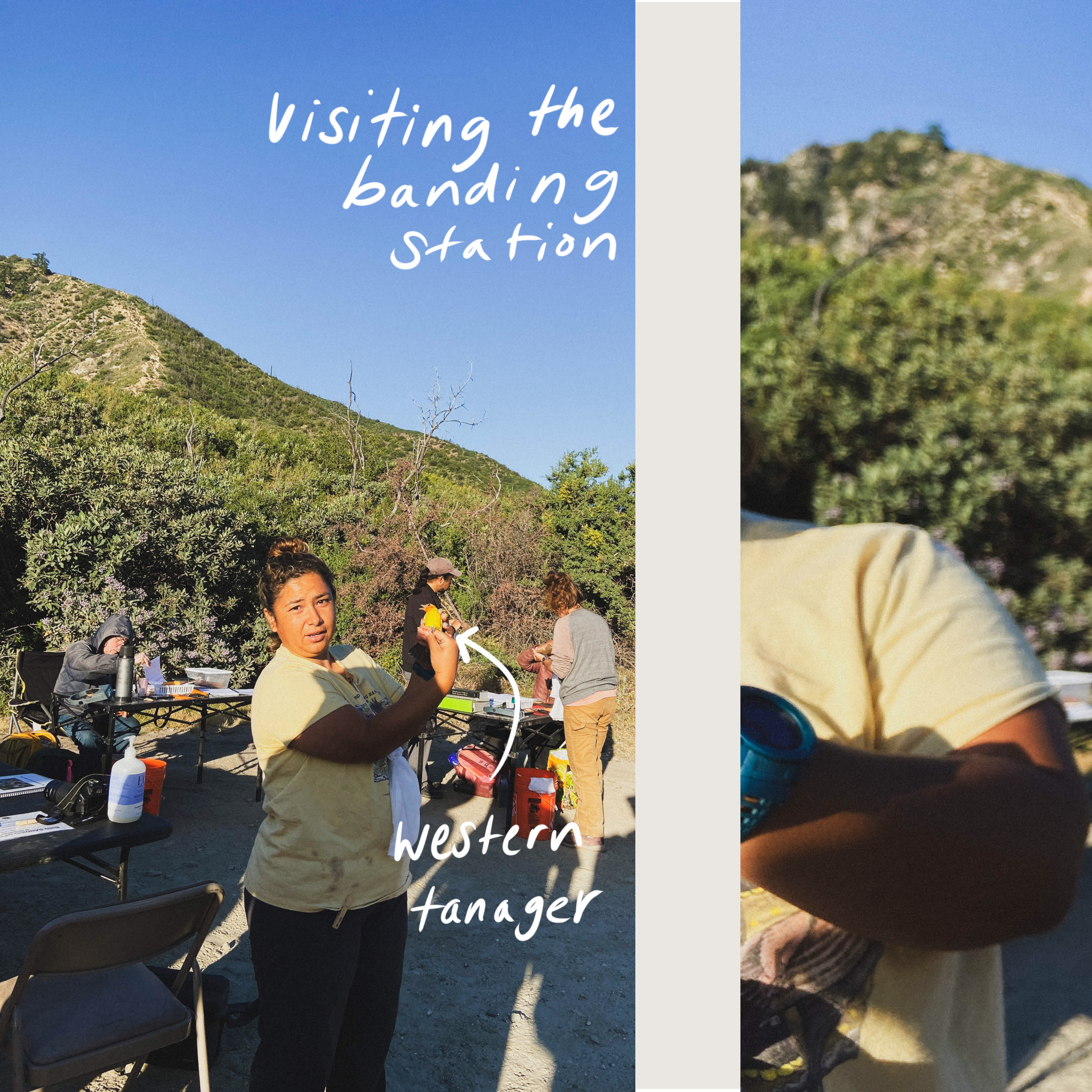
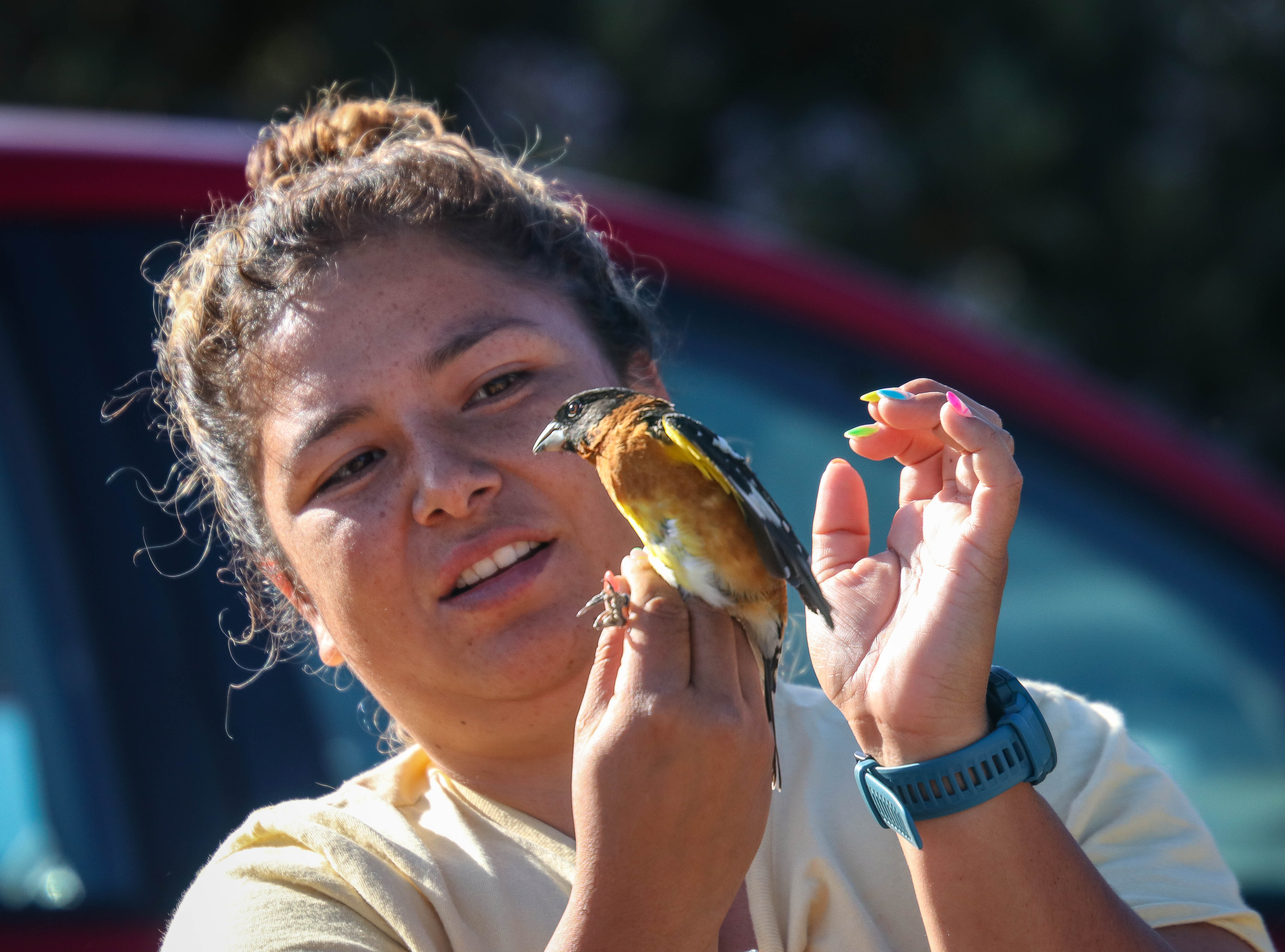
Balancing community and science is a challenge, she tells us, as people often underestimate the work that goes into building a sense of stewardship. Building a relationship with volunteers and the community should be intentional. For example, for restoration events that require volunteers, we should ask “ Why should someone volunteer at this event and work this land?” Tania suggests reaching out to local partnerships that are already involved in the community or within the community such as community partners and schools, to build mutual understanding and deliver a message with a foundation of trust and understanding. Building trust however is work, often becomes an afterthought, and is reduced to posting a flier in hopes that the right people will see it. Or worse, she explains: as a person of color, employers will expect her to “know diversity” and will throw inclusion work to her even when it is not part of her job card.
But to take the effort to engage people - to understand their wants and needs, and to teach them how they relate to nature - is absolutely worth it, she explains. One of the most validating experiences is when volunteers show up, especially repeatedly, because then it’s clear that the work means something to everyone involved. Her goal is to branch out of common narratives of conservation, to value and incorporate new narratives and new sources of knowledge when it comes to restoration work. By incorporating new narratives and accepting new experiences, we become more inclusive of everyone in the community. One example in restoration work is including the stories of gardeners, farmers, and Indigenous people who know so much about how the land works - but because they may not have the specific vocabulary associated with restoration work, their knowledge is overlooked.
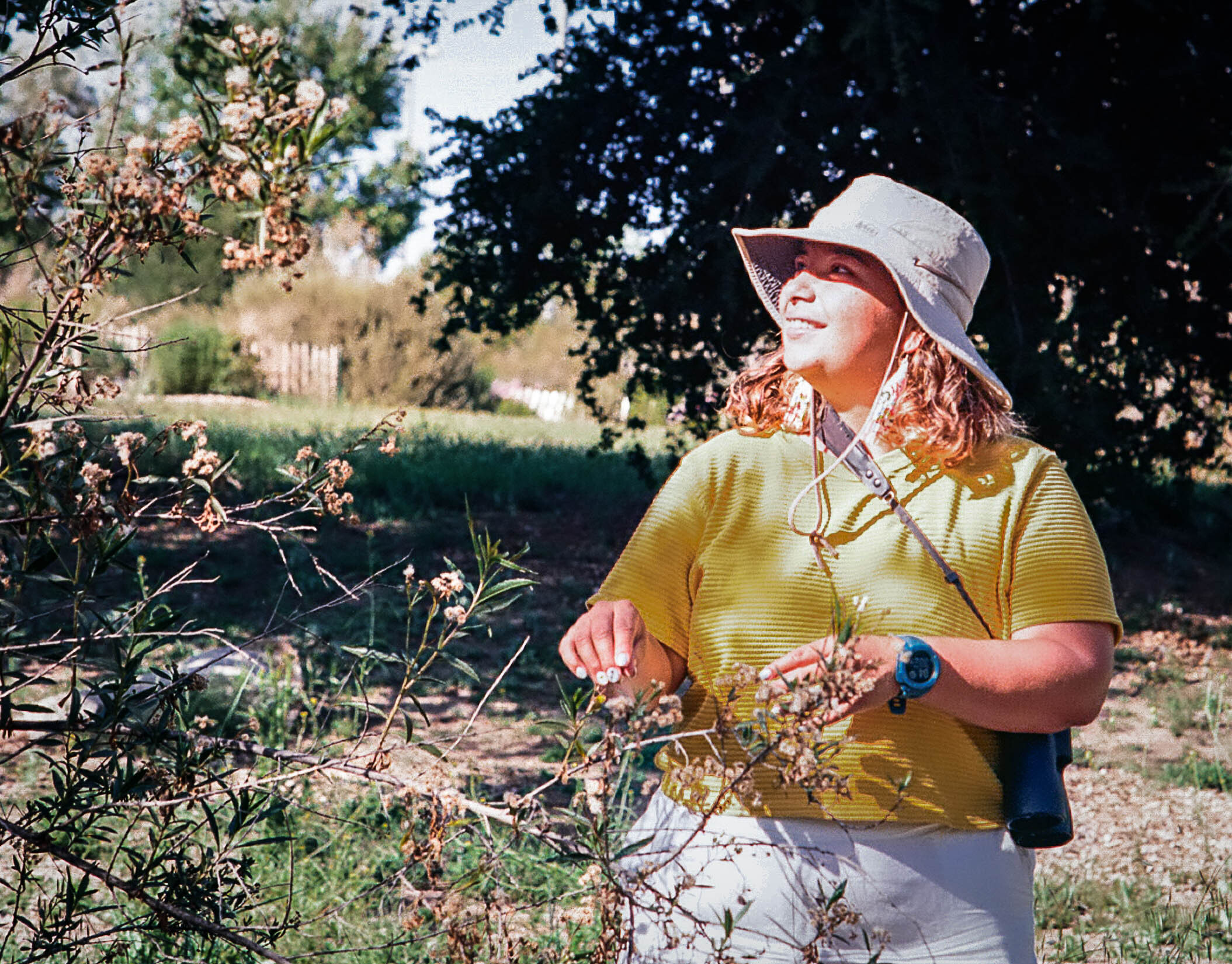
Not only does Tania hope that this evolving model of restoration and stewardship will become more and more prevalent - she is actively working to make it happen. When asked who she would like to share her restoration work with, her answer looked towards the past: she would want to share it with her grandmother, who passed away when Tania was 10 years old. Tania’s family members in Mexico have told her that her grandmother was just like her - she loved birds and bright colors. She would want to share this understanding with her grandmother, and maybe gain some understanding in return - about how we have built this passion and love in our veins.
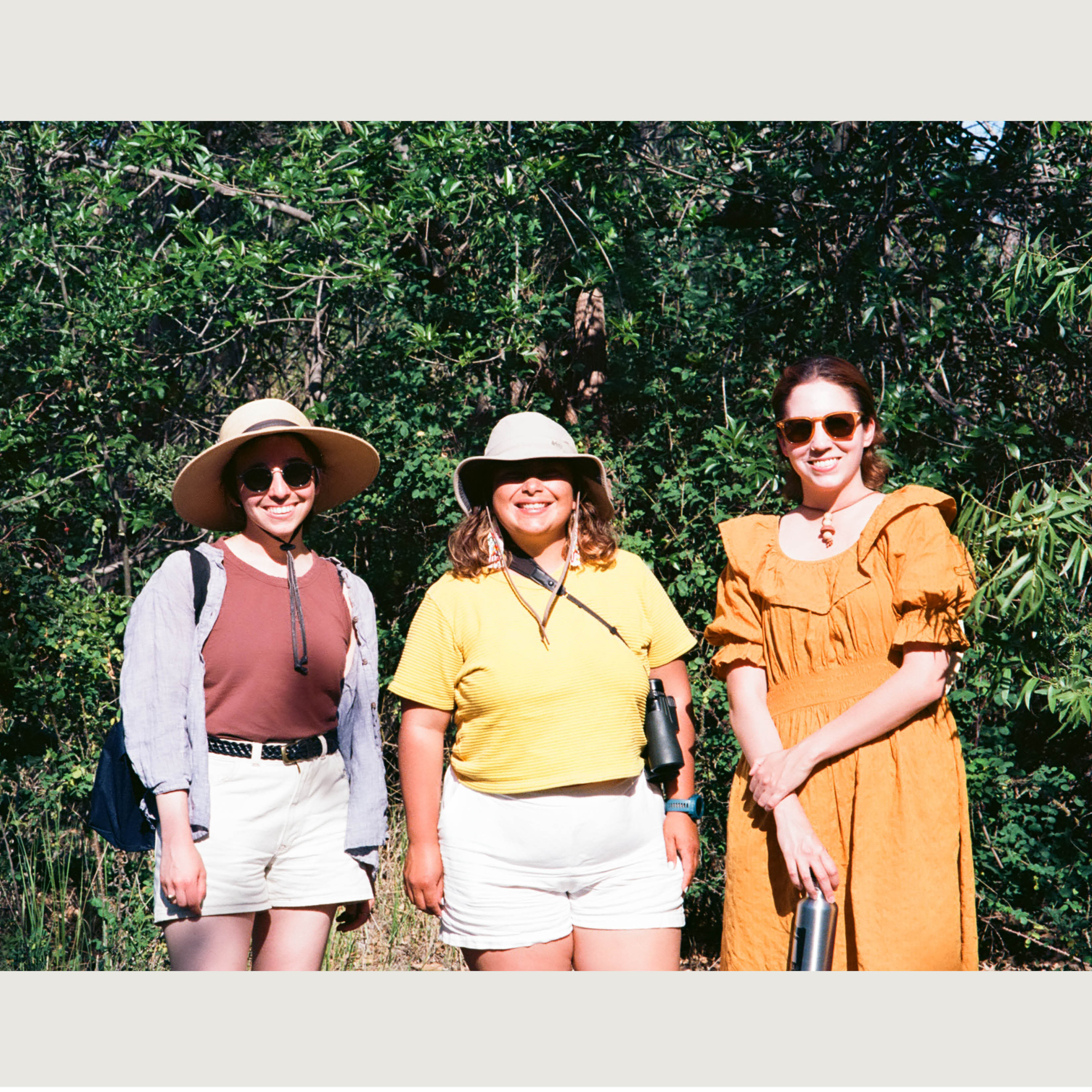 Thanks so much for sharing your story with us Tania!
Thanks so much for sharing your story with us Tania! Photos by the talented Robert Flynn
